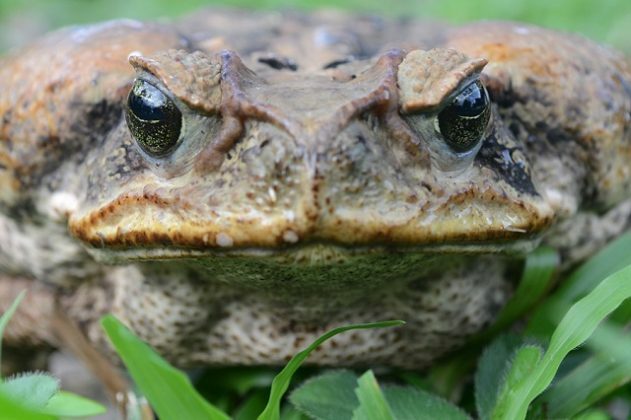Extraordinary cases also occur in nature. Studies reveal that it is natural that invasive species of plants and animals, when taken to a new habitat, intimidate the native species and make many even unable to survive. As they have no natural predator, no species prevents them from dominating the area. See more details on this subject.
Species unknown but extremely invasive
see more
Employee prohibits children from sleeping when they arrive at daycare
8 signs that show that anxiety was present in your…
Check below 8 species considered the most invasive:
- asian carp

Native to eastern Russia and China, but brought to North America and Europe to serve as food for the local pet trade and for sport fishing, they become a problem. This is because they take food from native fish and attack eggs of other fish species.
- Zebra Mussel

Native to the Black, Caspian, Aral and Azov Seas, these mussels are brought to Russia, Europe and North America via ballast water. They become a problem for the new habitat due to their very fast reproduction capacity.
- cururu frog

Native to northern South America, Central America and Mexico, cane toads are brought to countries with warm climates, such as Australia, to control crop pests. They become a problem due to their production of toxic sludge.
- european starling

Native to Europe, Asia and North Africa, they are brought to North America, Southern Africa, Australia and New Zealand to control local pests. They become a problem due to the huge herds that will feed on the fruits and grains of the farms, causing enormous damage.
- european rabbit

These rabbits descend from Southern Europe and North Africa. They are taken to all continents except Antarctica and Asia to serve as a food source. Due to their high reproductive capacity, they eat many native plants, which created the need to limit them in certain areas.
- kudzu

Kudzus are very beautiful and come from East Asia and some islands in the Pacific. They were taken to North America and Europe to be sold as plants for gardens and flowers for food.
They became a problem due to their great height that makes it impossible for other plants to have access to sunlight.
- Asian long horn beetle

Native to China, Japan and Korea, these beetles were brought to North America and Europe via shipments of wood and tree packing materials. They became a problem for laying their eggs anywhere.
As they grow they end up leaving the tree weaker due to the movements.
- water hyacinth

Native to the Amazon Basin and waterways of western Brazil, South America, water hyacinths have been taken to Africa, Asia, North America, Australia and New Zealand as ornamental and food plants animals. They became a problem due to their rapid growth, harming several aquatic life animals.



